How to Start Riding an ATV
Exploring the great outdoors on a TOBBI all-terrain vehicle, or ATV, can be exhilarating and fun. But before you start tearing down an off-road route, you need to know how to ride an ATV safely and properly because they are strong machines. Choose an adequate ATV to ride, make sure you have the necessary safety gear, and refrain from trying any tricks when you’re just getting started. When you are starting to ride, find a place that is open so you can practice accelerating, changing gears, and turning properly. The best training is to enroll in an official ATV riding course.
Method 1:Riding an ATV Safely
Select a suitable ATV before you begin riding. For an adult who can reach the handlebars and the footrest gear shift, a sports quad is a decent entry-level ATV. Because they are lighter and shorter, juvenile ATVs are more suited for a younger person just getting started. If you intend to utilize the ATV for work and need to learn how to ride one, another option is a utility ATV.
- Sit down on an ATV to make sure you can reach all the handles and gears and that it is comfortable for you.
- Using an ATV that is too big, strong, or difficult for you to handle could lead to an accident.
Wear safety equipment when riding. ATVs are strong vehicles that, in the event of an accident, might seriously hurt you. Wear the appropriate protection to protect yourself. Put on a set of boots, gloves, safety goggles, and a helmet before you ride.
- If you’re a beginner rider, using protective gear will lower your risk of injury.
- Make sure your equipment, including your helmet, fits comfortably and lets you see clearly.
- ATV safety equipment is available online, in sports and outdoor retailers, and at ATV supply shops.
Use nerf bars when you’re learning to ride. Nerf bars are substantial foot pegs that attach to your ATV and enlarge the space where you may stand, making it simpler for you to maintain your balance, especially when you first start out. Nerf bars should either come standard on your ATV or be installed so you can learn to ride more safely.
- Nerf bars are available online, at ATV supply stores, and in sports and outdoor stores.
- Nerf bars also make it simpler for you to pick up steering, clutch control, and gear shifting.
Keep both feet firmly planted on the foot pegs. To protect your safety, you must always place your feet in the ATV’s footing area. You must be prepared to change gears if necessary because the clutch and gear shift are both placed in the footing area. If any part of your body is protruding from the ATV while you are riding, you run the risk of having your foot or leg snagged on something.
- Hanging a leg outside of your ATV might throw your weight off-balance and lead to the ATV tipping over or you falling off.
Avoid being struck by a car, stay off paved roads. Driving an ATV on a paved street or highway is actually hazardous for the tires since they are designed to be used off-road. You can unintentionally get struck by a moving vehicle.
- It’s also illegal in many places to drive an ATV on a paved road, so only use them when you have to cross them to get to the other side.
Avoid attempting any wheelies when you first start riding an ATV. Wheelies, which entail shifting your weight back to lift the front wheels off the ground, are quite likely to cause the ATV to topple over onto the rider. Avoid trying a trick that could seriously hurt you when you first start riding.
Warning: If an ATV falls on you, it might break your bones, paralyze you, or possibly kill you.
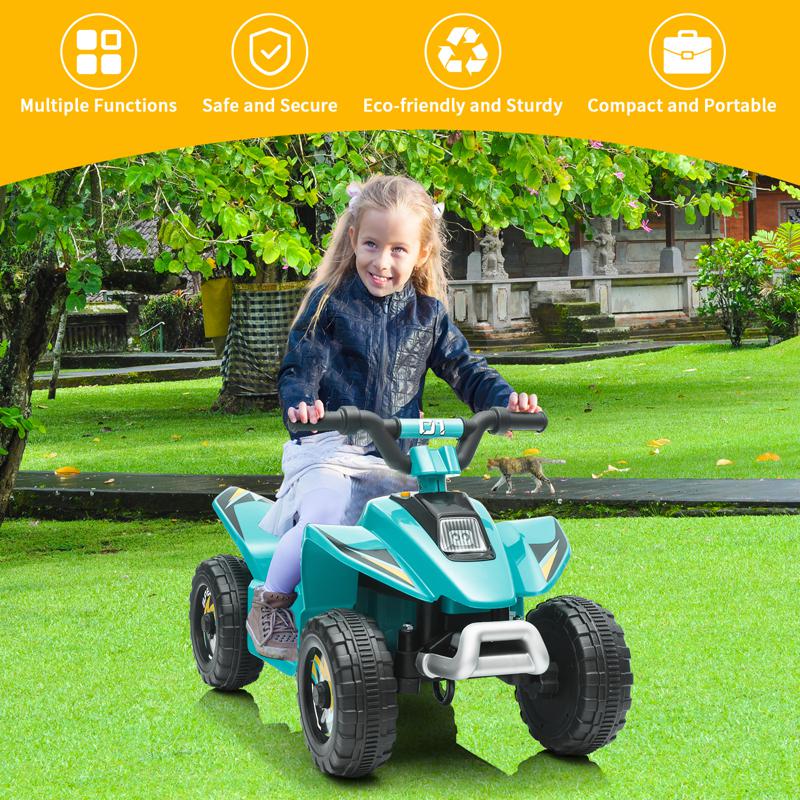
Method 2:Learning How to Ride
Find out the ATV regulations in your area before you ride. There might be specified zones where you can legally drive your ATV in some places. A specific license and evidence of insurance may also be required in order to operate an ATV. To find the ATV riding laws in your area, search online.
- For a list of regulations governing ATVs, visit the website of your local government.
Ride in a space that is open and free of any impediments before you ride. To practice riding an ATV, pick a big, level, open area that is devoid of any dangers or obstructions that you might encounter. Avoid areas with steep terrain or plenty of vehicles or other items that you would need to navigate around as the controls will take some getting used to.
- An open field or a sizable backyard would provide good practice spaces.
Turn the key and depress the start button to start the ATV. Turn the ignition to the “start” position after inserting the key. The start button is typically found on the right side of the handlebars. Press it next. Allow the engine to run for about a minute after it begins so it can warm up.
- Give the engine five minutes to run if you’re riding in chilly weather so it can warm up before you go.
Pull the clutch handle to put the engine in neutral. The clutch lever is located on the left handlebar. When you release the clutch, the engine shifts into neutral, allowing you to change gears as you gain speed. With your left hand, squeeze the clutch to shift the engine into gear and begin moving.
- Your ATV can keep moving forward while you’re in neutral, but you won’t be able to gain any speed.
- To get going, you must shift the engine into first gear.
Lift the gear shift lever with your left foot to change into a higher gear. Lift the lever in the left footrest while the clutch is engaged to change gears with your left foot. Once the engine is in gear, let go of the clutch to continue moving. Increase your gear selection as your speed increases.
- To become accustomed to riding, practice riding around, then gradually raise your pace and work to shift into higher gears.
Heads Up: The automatic transmission on your ATV means that you don’t have to bother about changing gears. To become more comfortable riding, just practice progressively increasing your speed.
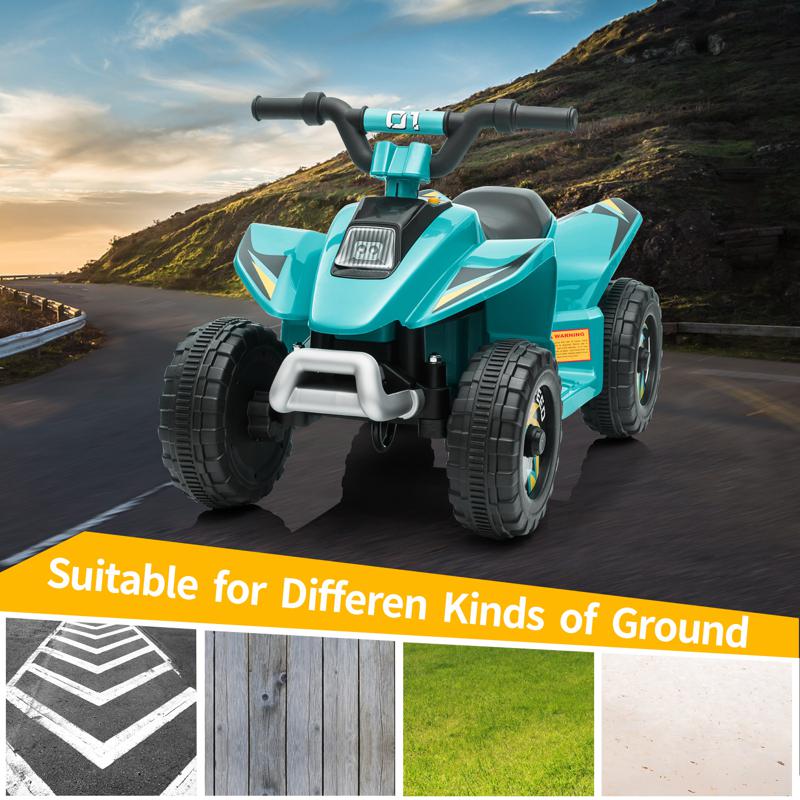
Downshift into a lower gear as you slow down your ATV. Changing back into lower gears is also necessary as you reduce your pace. Release the clutch by holding it in place with your left hand and pushing down with your left foot on the gear shift lever. As you downshift, you’ll hear the lever click downward.
- Change down a gear at a time to give your engine time to adapt to the slower speeds and lower gears.
Start braking with your right hand and gradually add your left hand. Levers to the right and left of the handlebars operate the ATV’s brakes. The front brakes are controlled by the lever to the left, while the rear brakes are controlled by the lever to the right. Always begin slowing down the front wheels first by applying pressure to the right handle, and then gradually apply pressure to the left handle to give more braking force.
- If you simultaneously apply both brakes, you run the risk of falling forward and over the handlebars.
- The ATV may tip over if the left handle is squeezed to brake only the front wheels.
Lean into turns to prevent the ATV from toppling. To spread the weight and prevent your ATV from tossing over, shift your weight in the direction that you are turning. Lean toward the left side of the ATV when making a left turn. Lean right if you are making a right turn. To be able to turn at higher speeds, practice spreading your weight evenly.
- If you’re making a tougher turn, it may be beneficial to get out of your seat so you can lean more.
Take a formal ATV riding course to get trained. Taking a course from an experienced rider who can show you the ins and outs of your ATV is the best way to make sure you are adequately prepared to start riding your ATV. Search online for local classes that you can enroll in to get formal education.
- Find out whether your ATV dealer can propose a course or offers instruction.
- Before you can use your ATV lawfully, you might need to complete a certification course.
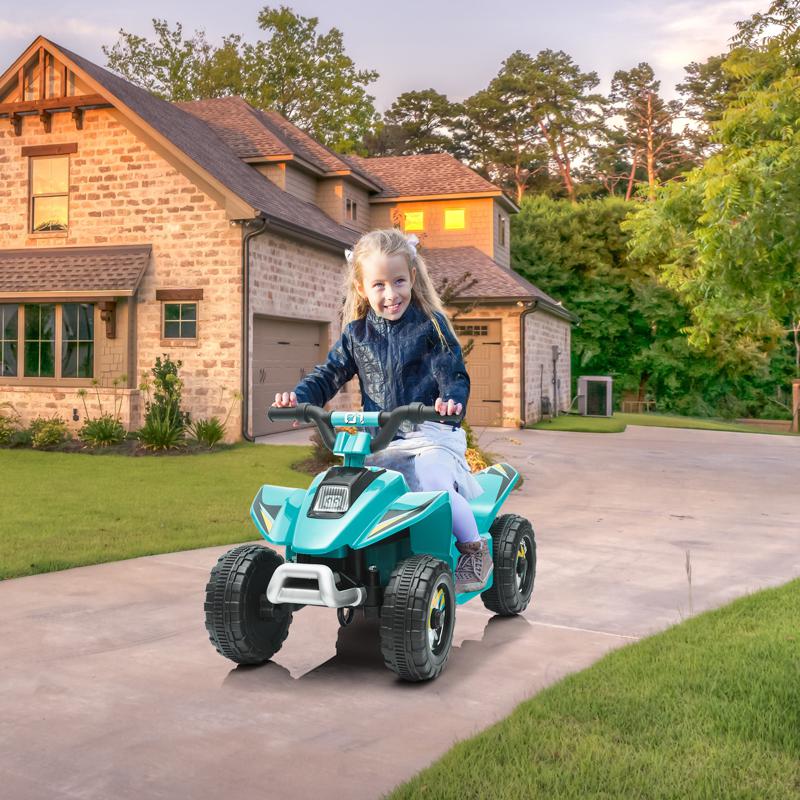
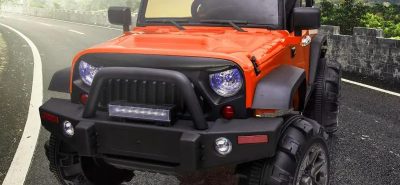
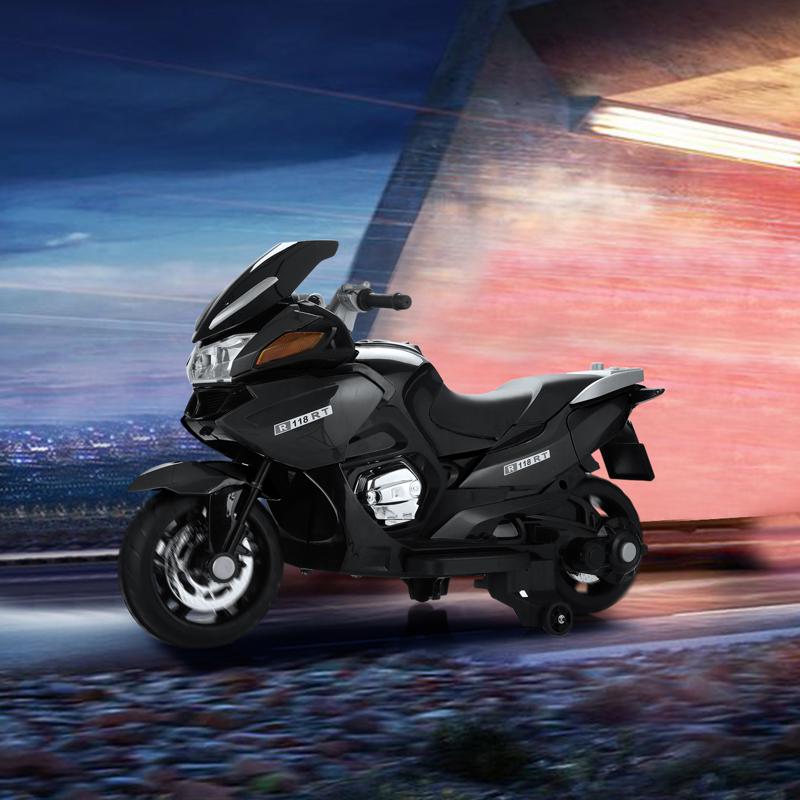
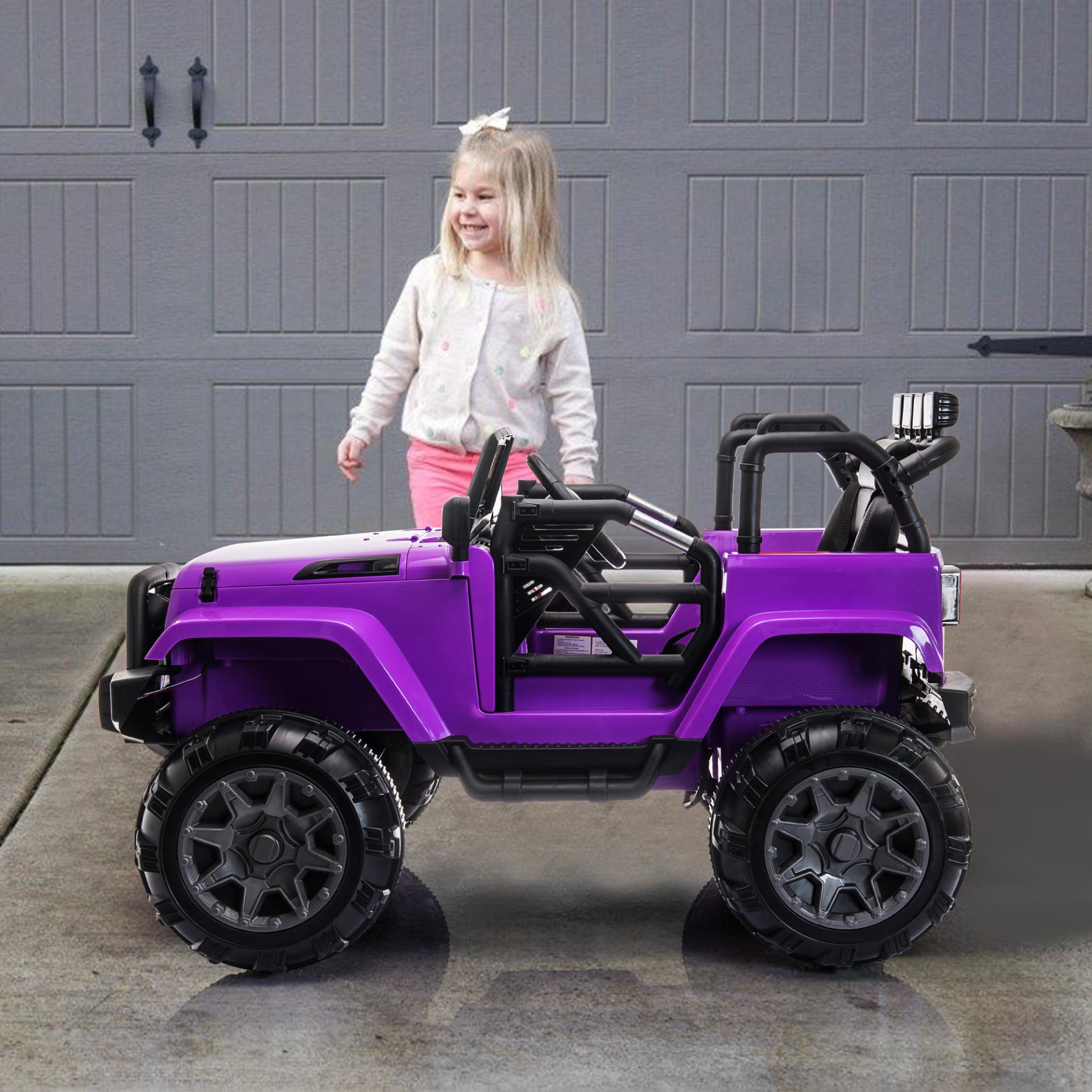




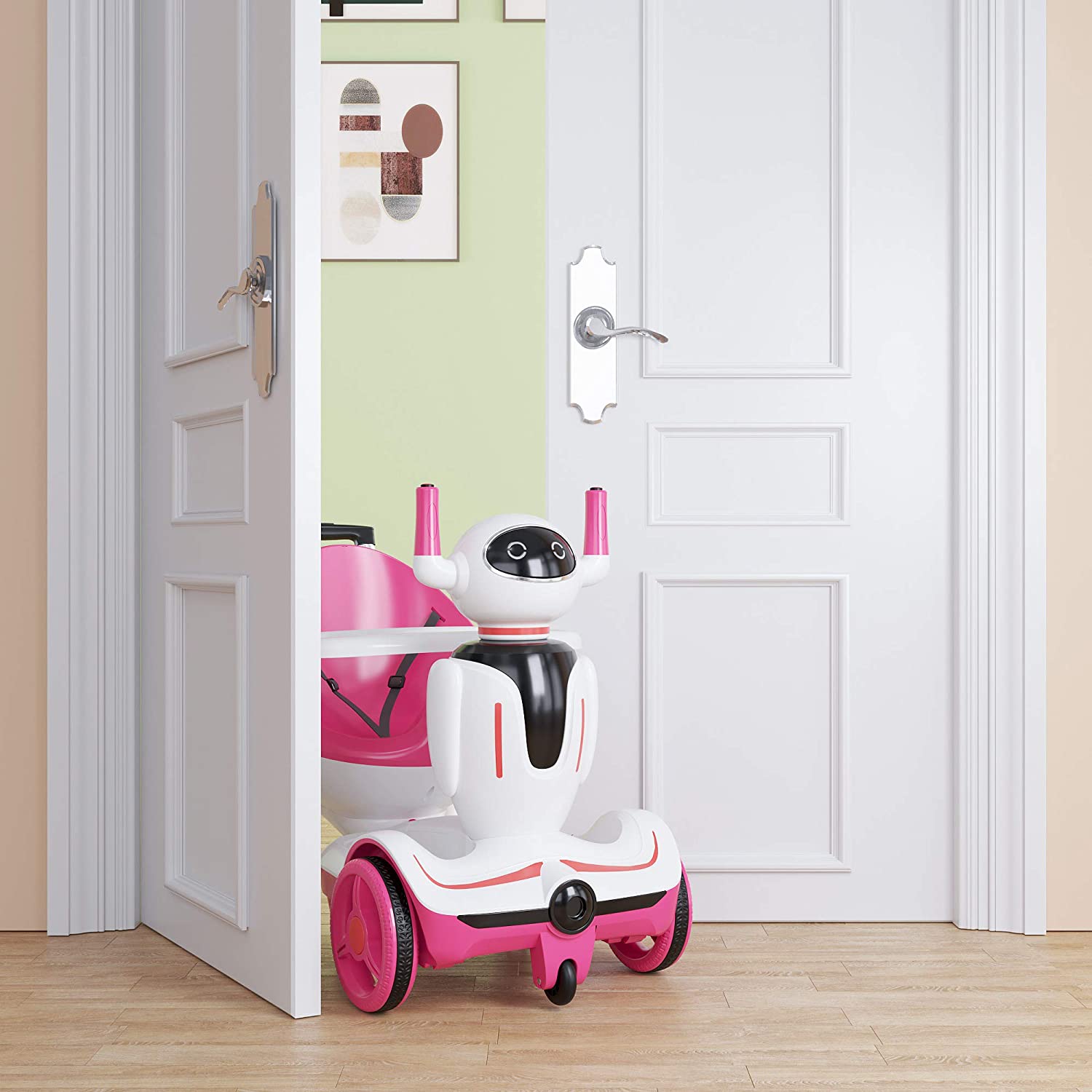
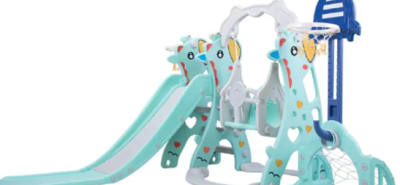

LEAVE A COMMENT
You must be logged in to post a comment.